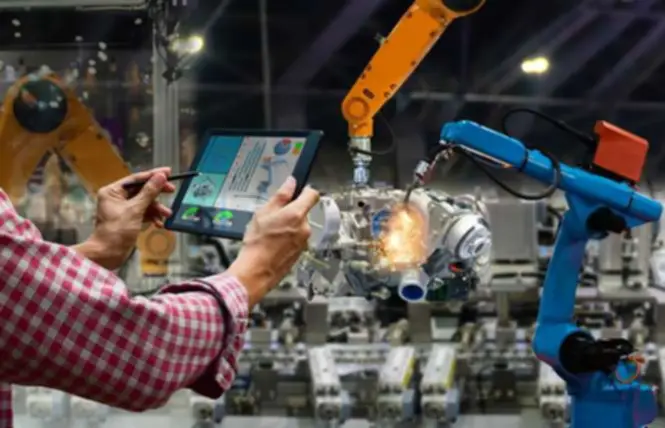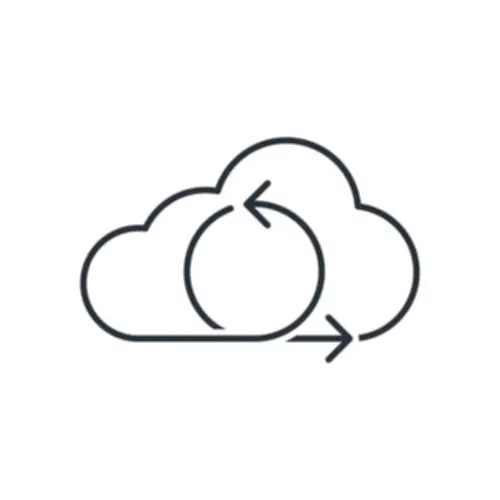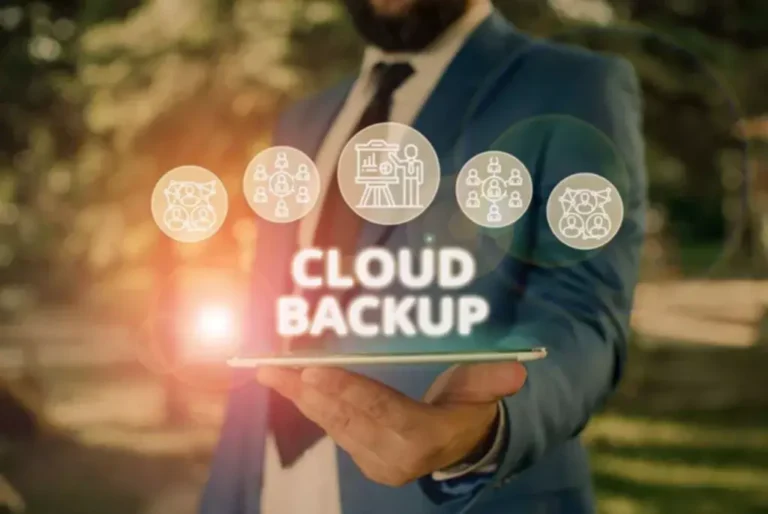An organization-wide CM strategy supplies a complete view of the CM requirements of all organizational tiers. These requirements may be derived from multiple sources including the key metrics and the frequency of security controls monitoring and assessments deemed essential to offer an indication of the data safety and danger posture. However, to enable an organization-wide strategy to CM, tier-specific methods will have to be pushed from a consistent application of the methodologies and practices used at the greater organizational tiers (i.e., tier three methods ought to embody tier 2 insurance policies, procedures, and processes). While implementation of widespread cloud continuous monitoring controls are effective for many methods, some system developers, system house owners, and knowledge house owners might resolve that a common control doesn’t provide the required degree of safety wanted by the system design or information type.
Best Practices For Implementing Continuous Monitoring In Your Cybersecurity Technique

It goes past conventional, periodic audits and checks to supply https://www.globalcloudteam.com/ an unbroken view of an entity’s cyber danger posture. This course of typically includes automated instruments and options that can efficiently detect, categorize, and mitigate threats as they occur. In addition, federal agencies have legislative and regulatory drivers for capturing metrics that enable them to measure22 the efficiency of security related to their program goals and goals.
Task 1, Phase 2: Common Control Identification

This also means you can ship automated alerts to the appropriate IT groups to allow them to instantly tackle any pressing issues. You can also integrate automation tools like runbooks with these alerts to use fixes and clear up the issue without any human intervention. For the IT system’s shoppers, the entire experience is transparent due to such a proactive strategy. The worth that continuous monitoring brings to your IT operations is larger visibility, which may result in accelerated and extra targeted incident responses. The sooner you notice errors, the earlier you presumably can begin the foundation trigger evaluation and the subsequent remediation course of. Most companies use data to energy their decision-making, but this isn’t essentially steady monitoring.
Introduction To Steady Monitoring
These instruments sift by way of the information, identifying patterns, anomalies, and potential safety threats. The rumors about the undue complexity of steady monitoring implementation are actually primarily based on misunderstandings of the NIST’s point out of over 800 controls. There is a have to have a greater understanding of the implementation and use of these controls, quite than worrying concerning the variety of them.
Networking Configuration Management Instruments For Steady Monitoring
You may need to determine between capturing firewall configuration change events or blocked visitors details. Similarly, you may need to find what capacity-related problems on your servers are most critical. The scalability and suppleness of automated monitoring can present your group with extra time to give attention to resource-intensive duties. With our AI Powered Assistant, we help your group to stay forward of cybercriminals with instantaneous actionable intelligence. The cybersecurity panorama is continually evolving, and so should your monitoring strategy. With remote work turning into a brand new norm, organizations’ safety perimeters have expanded, and so have the potential entry factors for cyber threats.

Why Continuous Monitoring Is Crucial In Today’s Cybersecurity Landscape
Therefore, to fulfill the aim of maintaining consistency throughout the organization, the implementation of the organization-wide CM technique needs to be pushed by the management to ensure that the CM strategy evolves as requirements for data change at every tier. The CM technique also can help the organization use an built-in strategy to more effectively react, similar to by adjustments in a single info system or in the organization’s risk surroundings. At its core, steady monitoring is the method of persistently observing, recording, and analyzing an organization’s network and techniques to identify and handle safety vulnerabilities in real-time.
Metrics16 developed at every tier guide the gathering of security-related data used in making risk-based selections. Therefore, it is necessary for organizations to select essentially the most applicable instruments and techniques17 that current information in a format that might be useful for a particular organizational tier. Proper growth of frequent control providers may find yourself in hundreds of controls being removed from the duty of the system owners and developers and accountability transferred to the organizational frequent control suppliers. The organization’s information necessities could be totally different at each of the organizational tiers, requiring methods tailor-made particularly to a tier.
- This data is constantly updated and curated by cybersecurity experts who analyze and aggregate data from a number of sources.
- Each of the widespread controls within the provider’s management set is evaluated to ensure that it is offering the required degree of safety for the group.
- The value that continuous monitoring brings to your IT operations is bigger visibility, which can result in accelerated and extra targeted incident responses.
- This may be achieved by defining metrics and frequencies38 of monitoring and assessment that produce the needed info.
- Log knowledge is vital to have — that’s as a end result of logs are the first sources of details about cybersecurity threats that your utility and system could face.
Once the continual monitoring plan’s improvement is full, the authorizing official or a chosen consultant evaluations the plan for completeness, noting any deficiencies. If, nevertheless, there are important deficiencies, the AO can return the plan to the knowledge system proprietor or widespread management provider for corrections. The authorizing official also ensures that the plan does not place pointless or unrealistic burdens on the organization by requiring reauthorization of the knowledge system each time a model new subsystem is added or eliminated and has not compromised the accepted safety posture of the general system. Based on this authorization, the level of continuous monitoring and frequency for each control is defined, permitting the system builders and engineers to begin incorporating the monitoring plan into the system growth and O&M plan.

Updates could be carried out with output from the continual monitoring program and enter from the danger government (function). Controls in the management set that will be inherited as widespread controls from the organization or other techniques must also be totally documented in the security plan. The documentation can summarize the control’s implementation or just reference the frequent management provider or data system’s body of proof, including the relevant safety plan.
Many organizations that implement mobile units require these customers to take further training for using these devices. Continuous1 monitoring (CM)2 is an organizational-wide activity that helps danger management by enabling a corporation to understand and preserve its information security and danger posture by way of the gathering, evaluation, monitoring, and reporting of security-related information. To be efficient, CM must be driven by the organization’s management to ensure that it is managed as part of the enterprise-wide threat administration exercise.
This ensures that monitoring is considered outside the context of a single data system, but rather as an built-in a part of the organization’s threat management operate. The CM strategy hyperlinks to the organizational strategies, goals, and goals, and ensures that there’s a widespread understanding of organizational-wide threat tolerance. After determining the system’s security categorization as moderate, the subsequent step for the DSM is to determine those controls that could probably be inherited from the organization’s widespread management providers. The information owner has labored with the senior data security officer, information architect, and data system safety architect to establish the organization’s common management suppliers. The group determined that the physical security office, personnel security office, and training department have recognized widespread controls that their teams will be answerable for.
A frequent CM strategy throughout the organization enables every level of the group to extra successfully talk and share info that might support a cost-efficient, resilient, and timely12 danger administration technique. The growing reliance on information expertise (IT) for supporting the organization’s mission and as a critical part of its business operations requires accurate and up-to-date info for making steady risk-based decisions. Using a standardized CM approach enables the security- and risk-related info to be produced each cost-effectively and efficiently by way of a managed set of sources and processes. The efficient use of the common control construction requires planning and coordination at numerous ranges of the organization, together with organization, enterprise, and system levels. Failure of a typical management in a provider’s common control set not solely impacts that control supplier but additionally each system owner and business component that has inherited the management.
Information system house owners ought to fastidiously study the security authorization packages for all inherited controls to guarantee that the control’s authorization remains to be legitimate and the protections offered by the management provider provide sufficient safety for the data system and the data it contains. Controls that do not present adequate safety can be reinforced and enhanced by the system owner, leading to a hybrid management, or the system can reject the inheritance completely and implement the management totally within the system’s design. These elements operate together to make certain that CM is conducted as an organizational-wide activity that includes the participation from each these answerable for defining the technique for the organization and people answerable for the day-to-day administration and monitoring of knowledge methods.